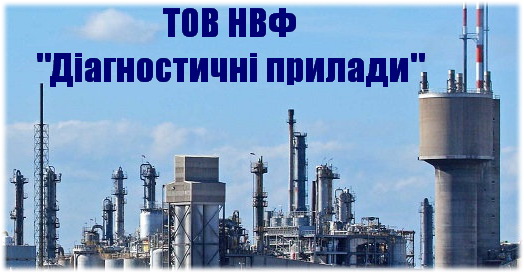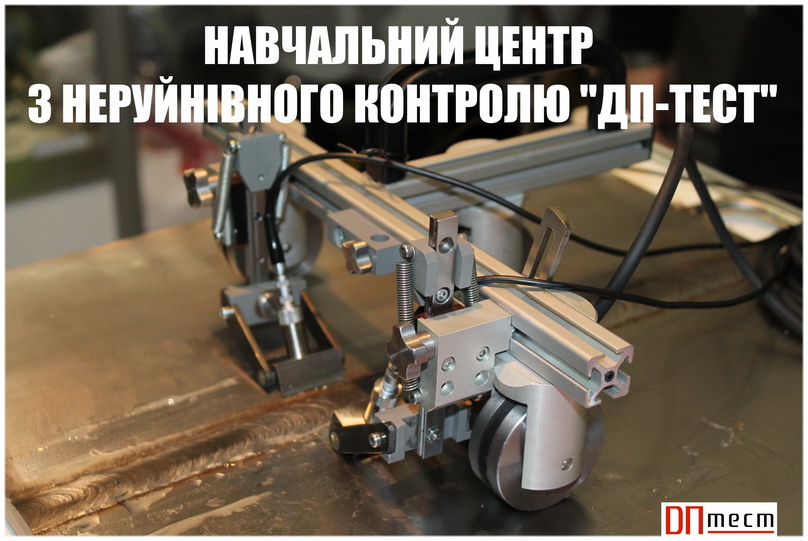In this project, a module of a digital impulse buck-boost voltage converter with current stabilization was designed.
In the first chapter, the principles of operation of analog impulse DC-DC converters for various types and topologies of such converters were described.
In the second chapter, the digital impulse buck-boost converter was designed in detail, with a justification for the choice of all the main components of the circuit.
In the third chapter, analogs to the developed device were reviewed with a comparison of characteristics, advantages, and disadvantages.
The conclusion presents the general results obtained during the completion of the diploma project.
- Hits: 408








